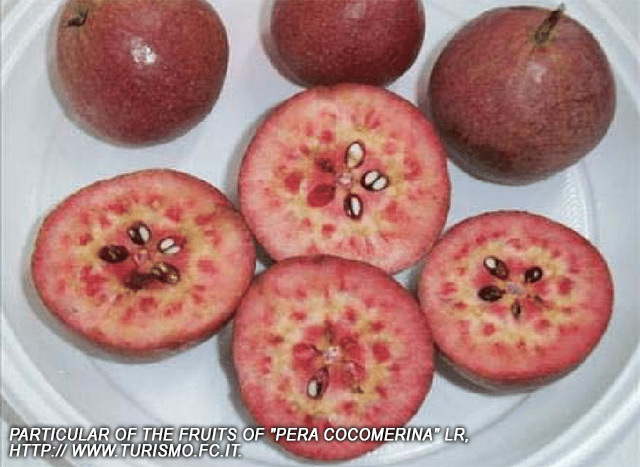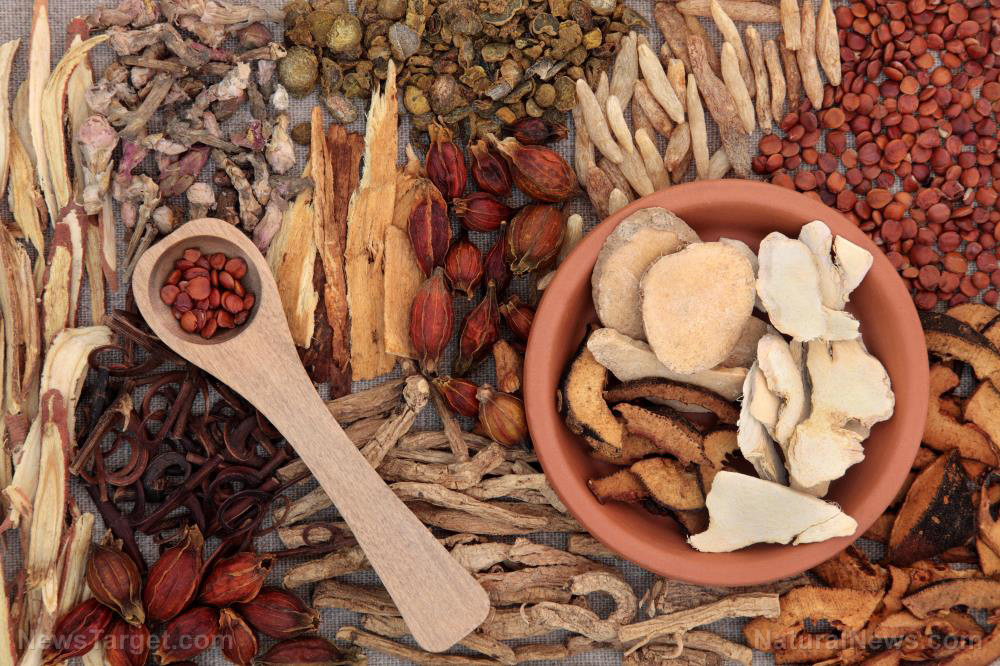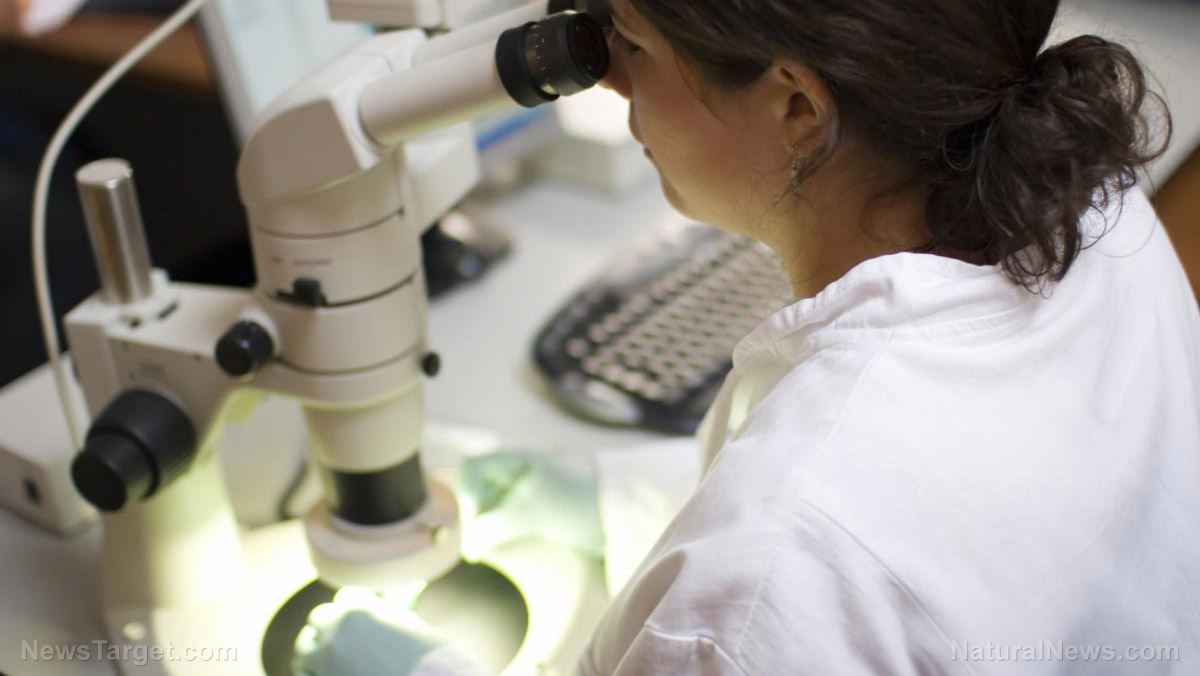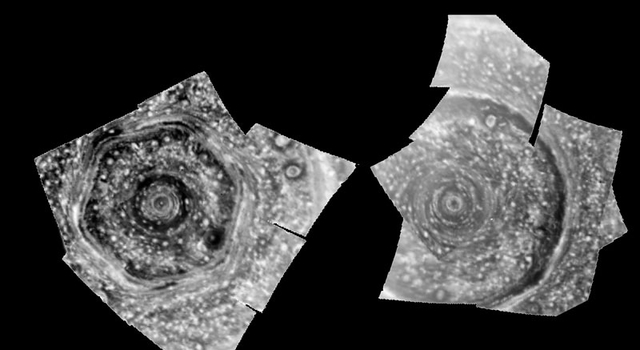An ancient pear endemic to Italy is a little-known superfood with high concentrations of antioxidant compounds
10/06/2018 / By Edsel Cook

The Apennine mountains of central Italy are home to an ancient and rare variant of the European pear (Pyrus communis) called the Cocomerina pear. A study conducted by local researchers revealed that this pink-fleshed pear is a superfood bursting with natural antioxidants.
“Cocomerina” is derived from “cocomero,” the term for watermelon. This variant of pear is called that because of its sweet-smelling and pink flesh, which grows more vivid in color as the fruit ripens.
It is one of the so-called “ancient fruits,” which are very old and only found in a few small areas. The Cocomerina variant of the European pear is restricted to the Apennine area of Romagna and Tuscany. The early-ripening cultivar is harvested in August, while the late-ripening one is collected in October.
Many pears contain large amounts of anthocyanins, flavonoids, and polyphenols. These plant-based compounds have powerful antioxidant properties that protect cell tissue and membranes from free radicals. (Related: The strange-looking tropical fruit graviola is a POWERFUL superfood against cancer.)
Methodology
Researchers from the Universita di Urbino – Carlo Bo (UdU Carlo Bo) studied the nutritional value of the Cocomerina pear. They harvested ripe specimens of the early-ripening cultivar, as well as both ripe and unripe examples of the late-ripening cultivar.
The cores were removed from the sample fruits before they were chopped up and prepared into fruit extracts. Each extract was analyzed to determine the amount and types of anthocyanins, flavones, flavonoids, flavonols, and polyphenols that it contained.
Armed with the knowledge of the bioactive plant compounds present in the fruits, the researchers tested the extracts for their antioxidant activity. They measured the effectiveness of each extract when it came to scavenging DPPH free radicals, as well as its capacity to absorb oxygen radicals.
Furthermore, they evaluated the ability of the extracts to prevent inflammation. In the 5’-lipoxygenase assay, they measured the amount of extract required to inhibit 50 percent of the inflammatory activity of lipoxygenase.
Phytochemical content of Cocomerina pear extract
To begin with, the UdU Carlo Bo researchers noted the different amounts of phytochemicals found in the cultivars of the Cocomerina pear. The late-ripening cultivar has higher levels of polyphenolic compounds. Likewise, its ripe fruits contain more polyphenols than unripe samples.
The unripe fruits of the late-ripening cultivar have the best number of flavonoids. Interestingly, the ripe fruits of both ER and LR strains contain similar levels of flavonoids.
When it came to flavones and flavonols, the ripe fruit of the early-ripening cultivar demonstrated the highest level. Dihydroflavonol levels were much higher in the late cultivar, however.
Comparison of the unripe and ripe fruits of the late-ripening cultivar showed that the levels increased alongside the maturity of the fruit. So ripe fruits of the Cocomerina pear contains more phytochemicals than unripe fruits.
The amount of anthocyanin in late-ripening cultivar is 126 times greater than in the early-ripening one. Ripe LR cultivars contain more anthocyanins than unripe ones.
Free radical scavenging and antioxidant activity
All three extracts were able to scavenge DPPH free radicals. The ethanolic extracts made from the unripe and ripe pears of the late-ripening cultivar were much more effective.
Next, the extracts were also effective at inhibiting the activity of the inflammatory enzyme 5’-lipoxygenase. Again, the late-ripening cultivar’s extracts displayed greater effectiveness.
The antioxidant activity was greatest in the ripe fruits of the late-ripening cultivar. When compared with commercial pear cultivars, the Cocomerina pear extracts showed comparable or superior activity.
The researchers concluded that the Cocomerina pear possesses significant antioxidant and anti-inflammatory activities. These health benefits could encourage the conservation and recovery of this ancient fruit.
For more stories about cocomerina pear and other fruits that serve as superfoods, check out Fruits.news.
Sources include:
Tagged Under: ancient fruit, antioxidants, Cocomerina pears, discoveries, food science, Fresh, fruits, nutrients, Pears, phytochemicals, research




















